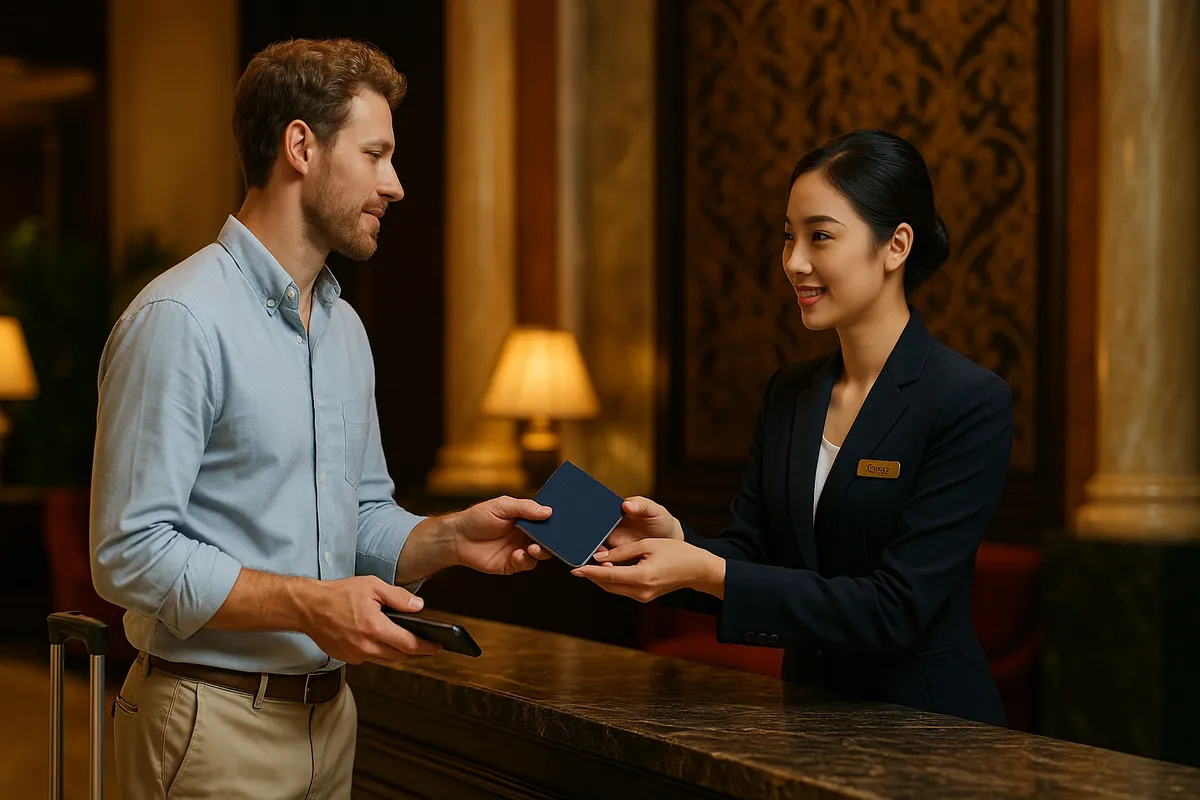Group travel and art don't hurt each other
- Wednesday, May 21, 2025, 21:58 (GMT+7)
Group travel and art don't hurt each other
A group trip can either become a cherished memory or a stretch of exhausting days filled with tension and misunderstandings. The destination, no matter how beautiful or luxurious, cannot override the emotional weight created by the people sharing the journey. What truly shapes the overall experience is how each member contributes to a spirit of togetherness, flexibility, and mutual respect.
In reality, many close friendships have faded after a single poorly managed trip. Common points of conflict often begin with small things like someone arriving late, differing travel preferences, or uneven spending habits. While these seem minor at first, they quickly escalate if not handled with care. The good news is that most of these problems can be avoided through open conversations and thoughtful preparation.
It all begins with defining the purpose of the trip. This is a key step that is often ignored. One person might want a peaceful getaway, while another is excited to explore every corner. Such contrasting expectations are easy fuel for disappointment. The best approach is for everyone to sit down and honestly share what they want from the trip. If the gap is too wide, it may be better to divide the itinerary into flexible sessions or even form smaller groups to suit each style.
Choosing the right companions also matters. Not everyone is suitable for traveling together. Someone who prefers solitude may feel drained by constant interaction. Someone who gets tired easily, complains often, or needs too much support might unintentionally bring down the group’s mood. It is best to go with people whose rhythms and attitudes align or who are genuinely willing to adapt.
Experienced travelers often recommend a simple but effective tip: divide into smaller teams early on. In a group of eight, consider forming two teams of four based on shared interests or energy levels. This makes decisions on meals, photos, or free time easier without forcing everyone to move as one unit. It works especially well in active trips like hiking or road travel where freedom of movement is essential.
Another sensitive area is money. Many groups set up a shared fund managed by one person. This works if the fund is transparent and clearly tracked. However, issues can still arise if records are unclear or if one person ends up covering more than the others. A safer way is to use a shared expense app where every transaction is recorded for all to see. If apps are not preferred, then clear rules must be set in advance for shared and individual spending to avoid confusion later.
A group trip also requires flexibility in planning. Avoid making the schedule too tight. If someone wants to rest or take a break, allow them to do so without pressure. On the other hand, those who tend to delay should make the effort to be punctual. A useful method is to set soft and hard time limits. For example, plan to leave at eight in the morning. Anyone ready by seven fifty rides with the main group. Those who are late make their own way to the meeting point. This avoids frustration and keeps things moving smoothly.
Food is another source of friction. Differences in diet or spending can create unspoken tension. Someone may be vegetarian, another may avoid seafood, while someone else prefers high end meals. To manage this, choose restaurants with diverse options and let everyone know the estimated cost in advance. For large meals, order fixed sets or shared dishes to keep things simple and fair.
A lesser known but powerful factor is the limit of social energy. Not everyone can engage socially for days without pause. Some people need quiet time to recharge. If someone suddenly becomes quiet or skips a group activity, do not assume they are upset. Give them space. Respecting different energy levels helps keep the group stable.
Photography is another area where friction can build. Some want to capture every moment while others prefer not to be in photos. Agree early on how photo taking will work. Set time aside for those who enjoy it and respect those who prefer privacy. One helpful idea is to create a shared album or group hashtag so everyone can contribute and relive the trip together.
How a group handles unexpected problems is just as important. No one wants trouble on a trip but issues will happen. When they do, focus on solving the problem instead of blaming others. Avoid public arguments or posting frustrations online. A calm and cooperative response will strengthen the group rather than divide it.
Leave space for spontaneous moments. Do not overload the schedule. Sometimes the most meaningful memories come from simple things like walking quietly together, sipping tea on a sidewalk, or just listening to the breeze. These moments build connection far more than any tourist attraction.
Traveling in a group is an art of balance. It will never be perfect, but with preparation, understanding, and respect, it can be truly rewarding. What remains long after the trip is not just the pictures or destinations, but the memory of the people who walked through every moment together.

 CHECKIN.VN
CHECKIN.VN








Share on